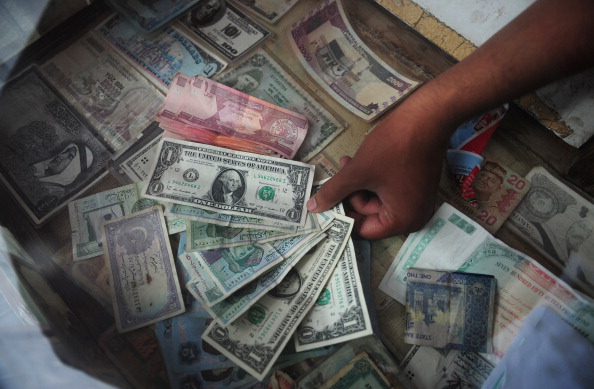UAE Exchange Remittances Up 6% In 2013
UAE Exchange estimates that robust economic growth in the UAE will lead to a hike in remittances from the region in 2014.

UAE Exchange announced on Tuesday that remittances by its customers in the UAE reached $14 billion in 2013, up six per cent, compared to $13.2 billion in 2012.
The bulk of remittances from the UAE were to South Asia, the company said in a statement.
“Most of the remittances from UAE were to India, followed by Bangladesh, Pakistan, Philippines, Sri Lanka, Nepal, Egypt, Indonesia, Jordan and Thailand,” said Promoth Manghat, vice president – global operations, UAE Exchange.
“The continuing infrastructure development and economic growth in UAE would in turn lead to higher remittance volumes from UAE in 2014.”
As per the latest World Bank report, the developing world is expected to have received over $414 billion in migrant remittances during 2013, up by 6.3 per cent from 2012.
“Out of the $414 billion remittance flows to the developing world, UAE Exchange has six per cent market share handling $25 billion,” said Manghat.
He added that remittances to developing countries are estimated to reach half a trillion by 2016 while the World Bank pegs this figure at $540 billion.
UAE Exchange’s cumulative remittances from the GCC, except Saudi Arabia, reached $21.3 billion last year. The currency exchange firm is also looking to tap into the remittance boom as it plans to expand its regional presence, the statement said.
The money exchange currently has around 700 branches across 31 countries and handles around 6.5 million customers.
The GCC region is estimated to have around 15 million migrant workers, with the UAE alone accounting for five million of them.
In a bid to tap into the rising currency flow from the country, most of the currency exchanges in the UAE recently spiked their remittance fees to India, Bangladesh, Sri Lanka and Nepal from Dhs15 to Dhs20. The rise in fees was only applicable to those remitting more than 50,000 in the local currencies of these countries.
